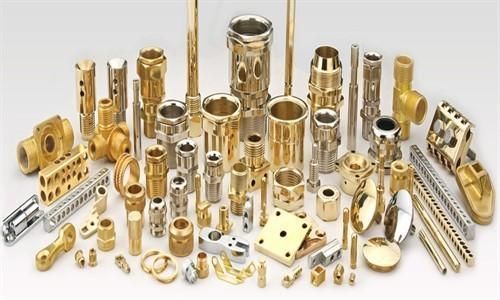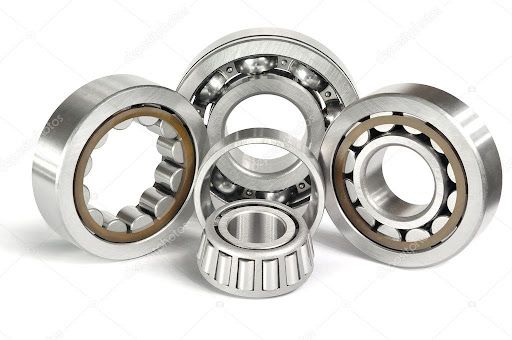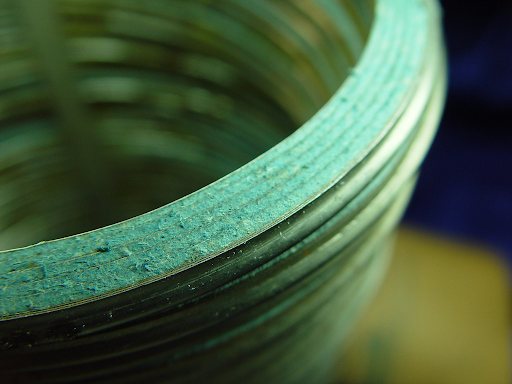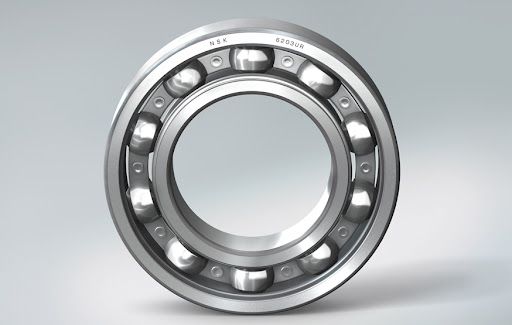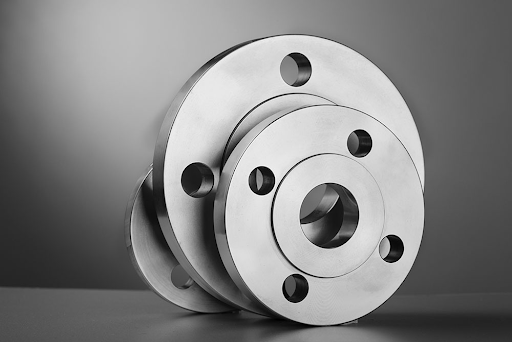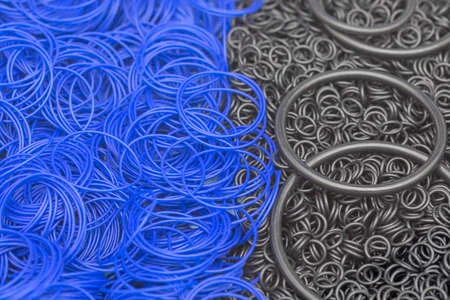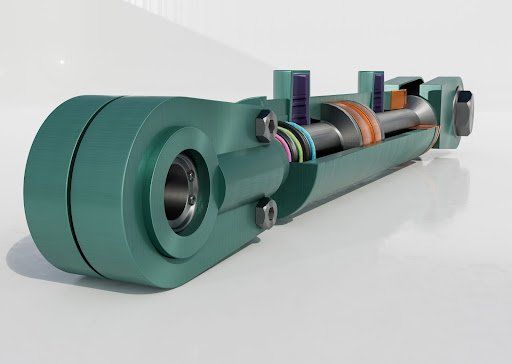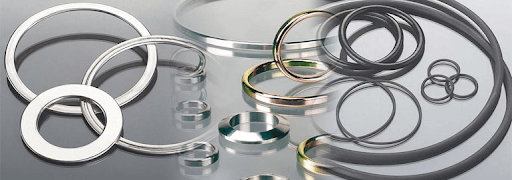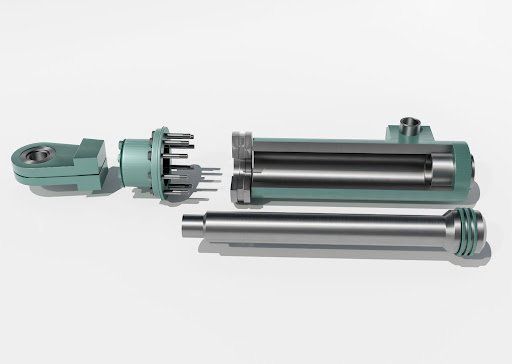Understand The Different Types Of O-Ring Materials
Understand The Different Types Of O-Ring Materials
We’ve covered the basic history and common uses for O-rings but if you’re in the market for these mechanical pieces, it’s always worth considering what type of material they’re made from. We know that O-rings, also called packing or toric joints, are widely used as sealing products in a variety of applications. The original O-ring design hasn’t changed much but the development of materials, particularly in the last few decades, has allowed for specialty O-rings that can withstand extreme temperatures and pressure, as well as hazardous chemicals.
O-rings can now be made from a vast scope of different materials, each designed to function optimally in a specific application. While industries have certainly benefited from the variety of choice, it does become difficult deciding on the best type of material for your application if you’re not familiar with each material’s unique properties. To help you determine what will work best for your project, we’ve listed the more common materials used to manufacture O-rings below, with their various efficiencies and possible deficiencies.
Polyurethane
Polyurethane O-rings are known for their toughness and resistance to abrasion. The material is used to make everything from foam sponges to spandex. Polyurethane seals are perfect for applications that need a durable rubber that can withstand challenging environments, high impacts and heavy loads. It does not, however, have excellent heat resistance so this needs to be taken into account.
Neoprene
Neoprene O-rings are commonly used to seal refrigerators and air-conditioners. This material is resistant to weather, combustion, water, chemicals, fluids and gasses, making it one of the more versatile and widely used materials for manufacturing O-rings. Some neoprene products, however, contain lead-based agents, making them extremely hazardous to human health.
Nitrile (Bruna, NBR)
Nitrile is an economic material that is widely used because of its resistance to abrasions and tears. It is best suited as a general-purpose seal for petroleum-based oils and fuel, water, some hydraulic fluids and dynamic applications. Nitrile works better in applications that have limited temperature requirements and should not be used with brake fluids or ozone.
Ethylene-Propylene Rubber (EPR, EPDM)
In contrast to Nitrile, EPR O-rings have a high resistance to ozone and can be used with various hydraulic fluids as well as brake fluids, steam, silicone oils and alcohol. EPR O-rings are even used in the aerospace industry’s hydraulic pumps. They are, however, very susceptible to wear and tear so avoid mineral oil products and hydrocarbon fluids with these O-rings.
Fluorocarbon (Vikton, FKM)
Fluorocarbon is a versatile and widely used material with a high resistance to swelling, permeation, high temperatures and chemicals. These O-rings are used in many different automotive, appliance and chemical processing industries. The only applications they cannot be used in are ones that have very low temperatures and use ketones or amines.
These are just a few of the many materials used to make O-rings. If you’re in the market for these products and need more information, give us a call today. We’ll be happy to help guide your selection.
We combine our years of expertise with exceptional customer service and the highest quality products. All this assures you of the best experience from start to finish.
Bearing Centre, Blantyre, Southern Region, Malawi, Africa - 312200
Website by Visionar
Subscribe to our newsletter
We will get back to you as soon as possible
Please try again later

